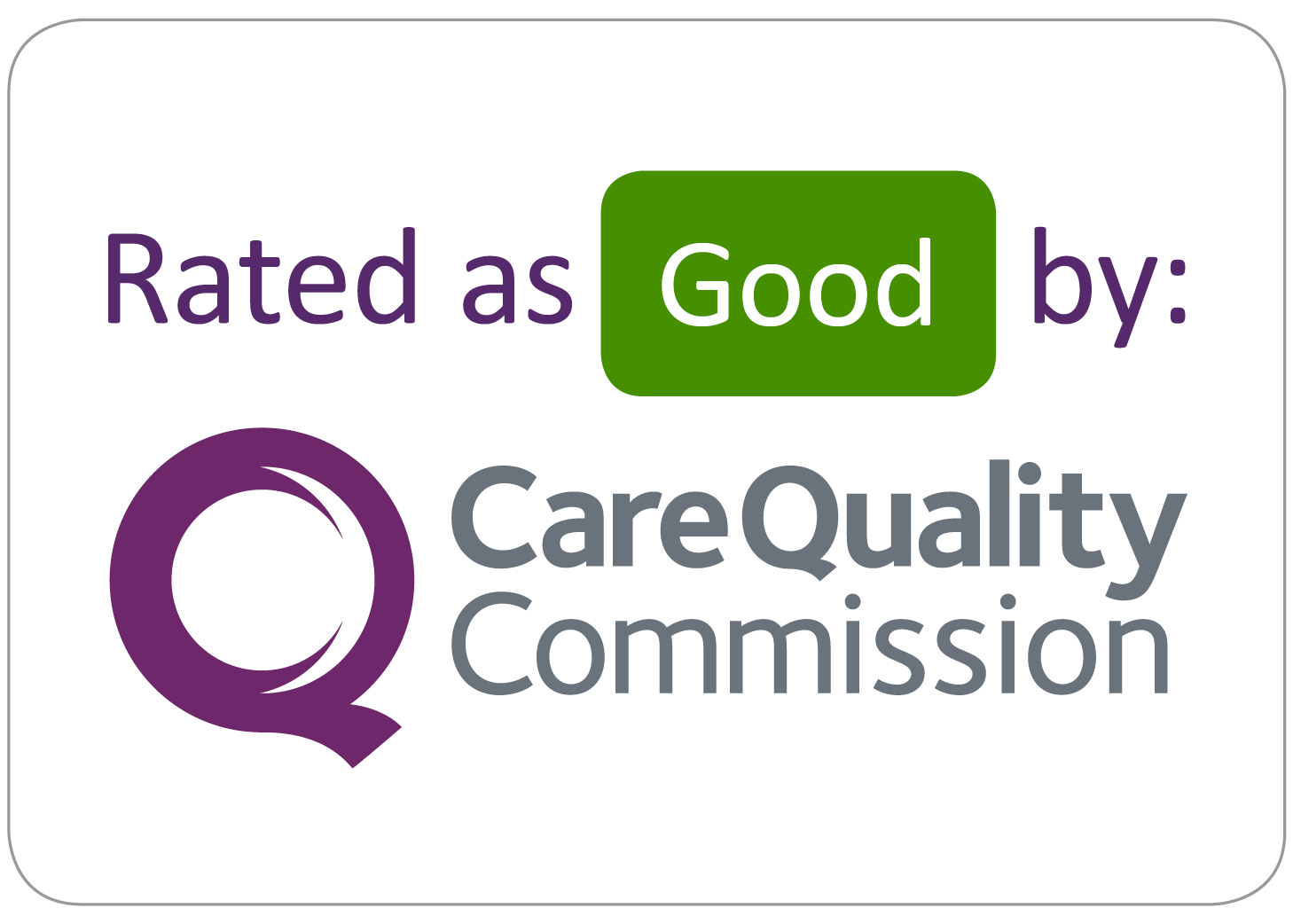Urology Conditions in SDEC (DM Version)
Common Urology Conditions in SDEC and What to Expect
The Surgical Same Day Emergency Care (SDEC) unit is designed to give you quick assessment, tests, and treatment for urgent but stable conditions helping you avoid an unnecessary hospital stay whenever possible.
Renal Colic (Kidney Stone Pain)
This is one of the most common reasons people come to SDEC. It happens when a stone moves from the kidney into the ureter (the tube that carries urine to the bladder).
Symptoms: Severe, cramping pain in your side or back that can spread to the groin. You may also feel sick, vomit, or notice blood in your urine.
What will happen in SDEC?
- We’ll check your symptoms, temperature, and do an examination.
- Tests may include a urine dipstick and blood tests.
- A CT scan of your kidneys, ureters, and bladder (CT KUB) is often done to confirm the diagnosis and check the size of the stone.
- Pain relief will be given (such as paracetamol, diclofenac, or stronger painkillers if needed).
- If the stone is small (usually less than 5mm), you may be given medication like tamsulosin to help it pass naturally.
- Drink plenty of fluids to help flush the stone out.
Going home:
If your pain is controlled, there’s no infection, and the stone is small, you can usually go home with advice to return if pain worsens, you develop a fever, or cannot pass urine.
Admission:
You’ll need to stay in hospital if there’s infection, kidney problems, severe pain or vomiting, or if the stone is too large to pass.
Acute Urinary Retention
This means suddenly being unable to pass urine, which is painful and distressing. It’s most common in older men due to an enlarged prostate but can also be caused by constipation, certain medicines, or nerve problems.
What will happen in SDEC?
- A bladder scan will check how much urine is inside.
- Blood and urine tests may be done.
- The main treatment is a catheter (a thin tube) to drain the bladder—this gives instant relief.
- After 1–3 days, the catheter is removed in a “Trial Without Catheter” (TWOC) to see if you can pass urine normally. This is usually arranged in a clinic or as an outpatient.
Going home:
Most patients go home with a catheter and a follow-up plan. You’ll get advice on what to watch for, like leakage or signs of infection.
Admission:
Needed if you have kidney problems, infection, or other serious health issues.
Testicular Pain (Torsion vs Infection)
Sudden testicular pain is always taken seriously.
- Testicular torsion is an emergency where blood supply to the testicle is cut off. Symptoms include sudden, severe pain, often with nausea or vomiting.
- Epididymo-orchitis is an infection that causes pain, swelling, and sometimes fever.
If you have sudden severe pain, you’ll be assessed quickly and may need urgent surgery if torsion is suspected.

















